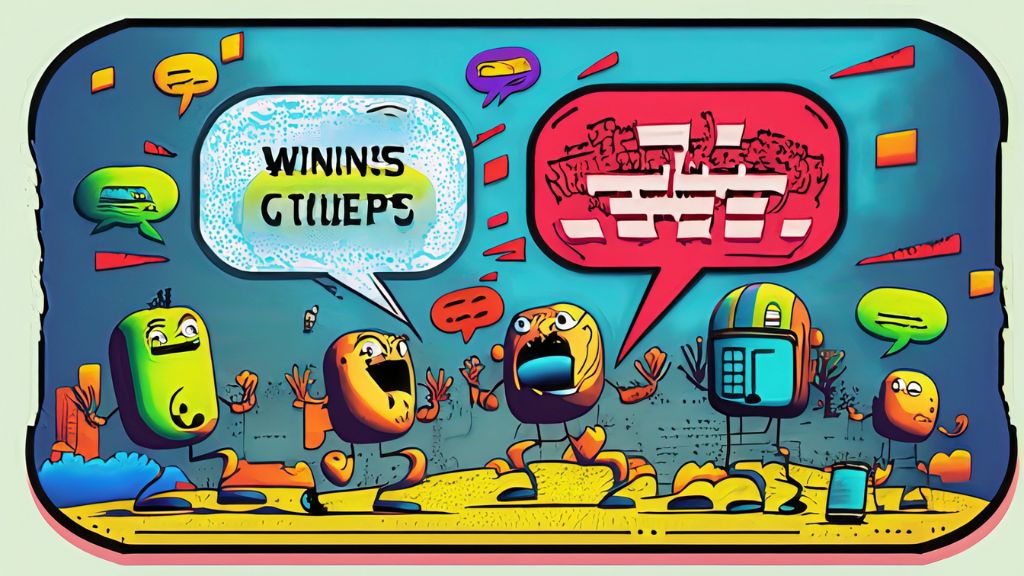
GPT-Engineer: Ushering In The Future of AI-Driven Coding

GPT-Engineer: Ushering In The Future of AI-Driven Coding
A disruptive player is making its presence felt in the realm of AI-driven coding – meet GPT-Engineer. This pioneering AI model has emerged as a promising evolution from its predecessors, AutoGPT and BabyAGI, indicating a significant advancement in AI’s application in software development.
The transformative capability of GPT-Engineer lies in its ability to generate an entire codebase from a single specification. Already creating ripples in the tech community, it has garnered an impressive 19K stars on GitHub. However, GPT-Engineer’s remarkable capabilities extend beyond mere code generation.
A significant feature of this model is its ability to interact with users. As it begins to generate code, the AI agent seeks clarifying questions, refining its output in the process. Furthermore, users can insert their reasoning steps, allowing a more hands-on and customizable experience. In turn, this leads to enhanced code output, making GPT-Engineer an invaluable asset in the developer’s toolkit.
With its open-source nature, GPT-Engineer becomes a playground for community-driven innovation. Users around the globe can contribute, experiment, and enhance its capabilities, creating an infinite loop of potential improvements.
However, like any technology, GPT-Engineer is not without its limitations. As of now, it does not allow for iterations, requiring users to make changes manually. It also demands a certain level of coding experience for understanding and resolving errors.
Despite these limitations, GPT-Engineer stands as a testament to the future of AI in coding and software development. The AI model is enabling a shift from issuing single prompts to creating entire codebases, ushering in a new era of efficiency and productivity in the programming world.
The future is here, and with tools like GPT-Engineer leading the way, the possibilities are boundless. The boundaries of what AI can achieve in coding are being pushed further, laying a new path for AI applications in software development.





